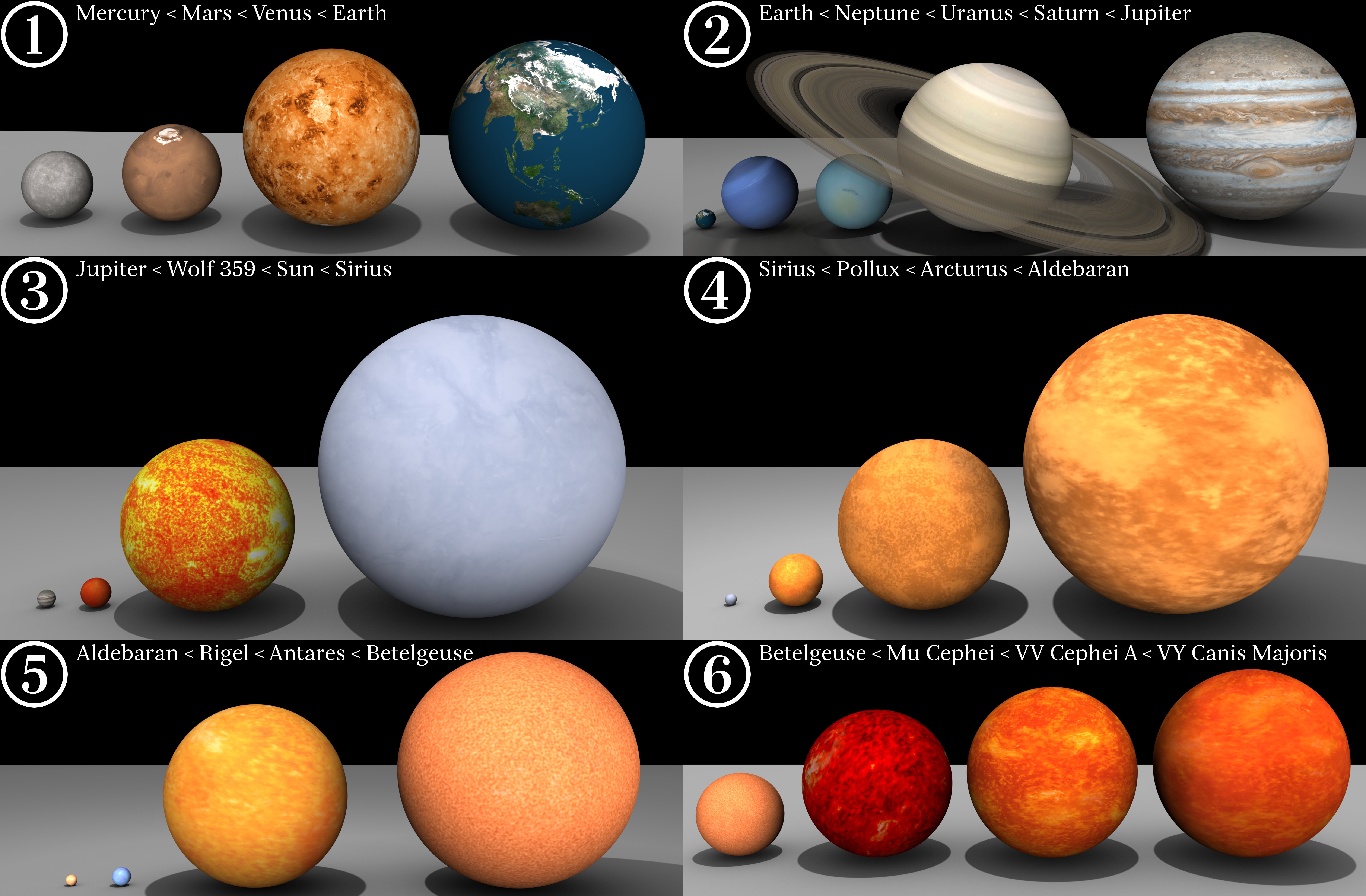Altogether, this means, at this moment, you are hurling through space at roughly 2.7 million miles per hour around a supermassive black hole in the center of our galaxy. Supermassive black holes’ gravity are largely responsible for the formation of galaxies, and the gravity is so intense, it literally distorts space time around it. The black hole at the center of our milky way accounts for .1% of the galactic center. In the largest known supermassive black hole in galaxy NGC 1277, it accounts for 59% of the mass of the galaxy.
Our sun, 1.3 million times the size of Earth, is a yellow dwarf. The largest known star, VY Canis Majoris, is over 2000 times the size of the sun. The most massive known star, R136a1, has the mass of 236 suns and burns 8,700,000 times more brightly.
There are 200-400 billion stars in our Milky Way galaxy. There are at least hundreds of billions, possibly trillions of galaxies in the known universe.
The radius of the observable universe is about 46 billion light years. However, thanks to the WMAP satellite, temperature fluctuations have been recorded over the entire sky measured at a very narrow resolution. The readings are consistent with the universe being flat. However, if the Universe does curve back and close on itself, its radius of curvature is at least 150 times as large as the part that observable to us. Meaning that the entire Universe extends for at least 14 trillion light years in diameter.
So, you know, when you’re stressed about something, just remember to relax and enjoy the ride.


No comments:
Post a Comment